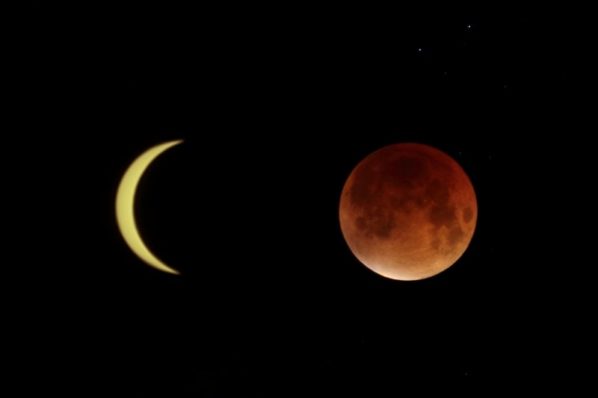Southern Delta Aquariid Meteor Shower Viewing Tips
The Southern Delta Aquariid meteor shower peaks July 30 with up to 25 meteors/hour. Watch after midnight from dark, clear skies for best views.
Piscis Austrinid Meteor Shower: Observation Tips
Catch the Piscis Austrinid meteor shower peaking July 28. Best seen before dawn from dark southern skies, this faint display is worth an early start.
July Pegasid Meteor Shower Overview
Catch the fast, faint July Pegasid meteor shower peaking around July 10. Learn how to view this rare event with the right timing and conditions.
Stargazing Calendar for July 2025
Discover stargazing highlights for July 2025, including meteor showers, planetary conjunctions, and top astronomy events to watch this month.
How Will the Internet of Things Change Space Exploration?
The Internet of Space Things connects satellites, sensors, and AI to transform space exploration and enable real-time data sharing across space.
What Experiments Did Scientists Conduct on the ISS?
Explore groundbreaking research aboard the ISS, from zero-gravity experiments to 3D printing in space, as its historic mission nears its conclusion.
June Bootid Meteor Shower: What to Expect
The June Bootid meteor shower peaks June 27, offering slow, rare meteors from Boötes. Enjoy this unique celestial event under dark, moonless skies.
Stargazing Calendar for June 2025
Discover the best stargazing June 2025 events, from planetary conjunctions to meteor showers, in this astronomy guide for night sky enthusiasts.
How to Make a Superhero Movie [Common Recipe]
Learn how to make a superhero movie by exploring key elements like action scenes, star power, and city settings that keep audiences coming back.
Daytime Arietid Meteor Shower: Observation Tips
Catch the Daytime Arietid meteor shower peaking June 7! Learn how to safely view and detect these early morning meteors despite daylight challenges.
Tau Herculid Meteor Shower: What to Expect and How to Watch
Discover the Tau Herculid meteor shower on May 31! Learn viewing tips, best locations, and what makes this rare celestial show truly unforgettable.
Eta Lyrid Meteor Shower 2025
Catch the Eta Lyrid meteor shower peaking May 8. Look toward Lyra before dawn for up to 3 meteors per hour from Comet C/1983 H1 debris.
Eta Aquariid Meteor Shower 2025: Viewing Guide and Tips
Discover how to watch the Eta Aquariid meteor shower, linked to Halley’s Comet. Get tips on timing, location, and capturing this dazzling sky event.
Stargazing Calendar for May 2025
Stargazing highlights this May 2025 include planetary alignments, meteor showers and more. A must-read for astronomy fans planning skywatching.
Pi Puppid Meteor Shower 2025
Discover the Pi Puppids meteor shower in April! Learn when, where, and how to view this stunning event, especially from the Southern Hemisphere.
Lyrid Meteor Shower 2025: When, Where & How to See It
Catch the Lyrid meteor shower this April with up to 18 meteors per hour. Discover the best times, spots, and tips for viewing this sky show.
Stargazing Calendar for April 2025
Discover the best celestial events for stargazing in April 2025, including planetary conjunctions, meteor showers, and deep-sky objects. Don't miss these cosmic sights!
Stargazing Calendar for March 2025
Discover the best astronomy events for stargazing in March 2025, including a total lunar eclipse, a partial solar eclipse, and planetary alignments.
Stargazing Calendar for February 2025
Discover the top stargazing and astronomy events in February 2025, featuring planetary conjunctions, meteor showers, and more celestial wonders.
Stargazing Calendar for January 2025
Discover the top stargazing events in January 2025, including meteor showers, asteroid oppositions, and planetary alignments. Perfect for astronomy enthusiasts!

















